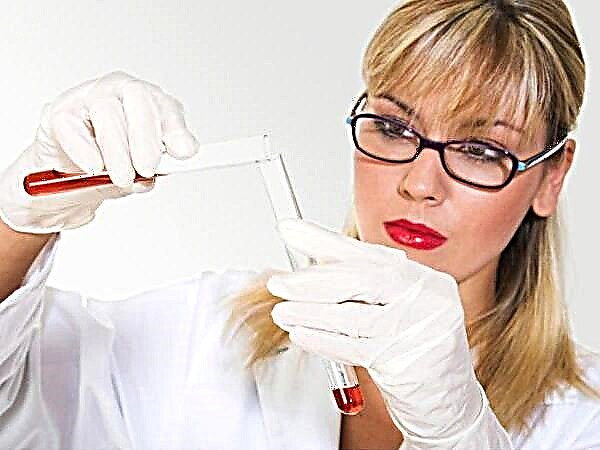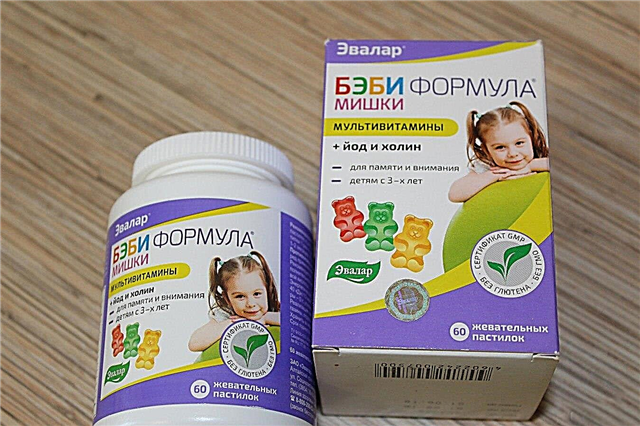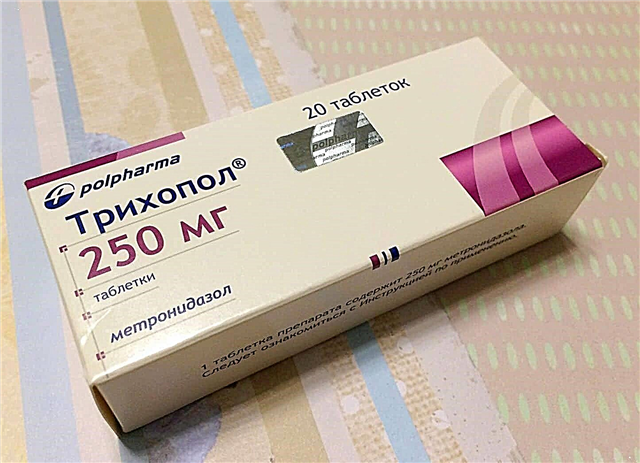Have you already decided where your lump will sleep upon arrival from the hospital? The American Academy of Pediatrics (AAP) recommends putting your child to bed in the same room as their parents (but not in the same bed). This helps to significantly reduce the risk of Sudden Infant Death Syndrome (SIDS). However, a full-fledged crib is difficult to fit into the parent's bedroom, given that it already has one large bed. Most likely, the first place for a little man to sleep is to choose something smaller. We have compiled a list of the most suitable options from which a caring parent can choose the one they like.

Playpen bed

Pediatricians mainly view playpens such as the Graco Pack`n Play as a safe place for children, even at night. The playpen bed meets the requirements stated by the US Consumer Product Safety Commission (CPSC) in 2012 and is very reliable. Most playpen beds have breathable sides and a thin, firm mattress to help prevent accidents. Please note that it is recommended to use sheets strictly in size, which usually come with the kit. It is also possible to opt for an arena with a built-in cradle. However, it must be borne in mind that children quickly grow out of them (upon reaching 7 kg, or when the first attempts to crawl are made). Some carrycots can tilt, which does not fully meet the safety of the baby.
Things to Avoid:
- Hand-bought items that appear unstable or worn out. The playpen, made after 2013, fully meets modern safety standards.
- Buying a thick, soft mattress instead of the default one. Pediatricians say babies sleep better on a hard surface (until they get used to soft ones, so try to avoid them). If you are looking to buy a mattress that does not come with a playpen, make sure it is firm and fits the size of the crib without leaving any gaps.
- A mobile (musical carousel) or hanging toys that are not securely attached or that are within the reach of a child can pose a choking hazard. Be careful!
Cradle

The cradles come in a variety of models and styles, from traditional ruffled to modern luxury. Many new cradles come with breathable collars. They allow air to circulate easily and also make it possible to observe the baby during the night's sleep without disturbing the baby. Pediatricians say that the cradle is safe only when complete with a hard mattress. It should be borne in mind that babies usually "outgrow" the cradle long before they exceed the recommended maximum weight (usually between 7 and 13 kg). Babies become stronger and begin to actively move, more and more in contact with the sides of the cradle.
Things to avoid:
- Cradle on casters or hinges without a bollard can easily move (especially if your baby has older brothers or sisters).
- The cradles, bought by hand or passed on by inheritance, can be not only in a shabby condition, without missing parts, but also made of materials that do not meet modern safety standards. “Always buy a new one - the manufacturer is obliged to indicate the date of manufacture of the item,” says the Consumer Reports (US monthly magazine).
- Purchase of a different mattress or sheet that was not originally intended for the selected cradle model.
- Move the folding cradle while inside the baby. Portability is one of the advantages of cradles. However, it is dangerous to move the crib with the baby by clicking the mechanism or breaking it.
Cradle

The cradle is a classic and compact sleeping place for a newborn. However, increased safety vigilance to prevent early infant mortality syndrome (SIDS) has prompted experts and parents to be wary of the rocking motion of the bassinet, which could cause injury or help children roll onto their side or stomach. According to experts, the child should sleep exclusively on his back. When choosing a cradle, it is worth giving preference to new models with a firm mattress and pillow and a blocker that prevents the crib from rocking while the child is sleeping. It should also be borne in mind that a newborn can get used to the cradle motion sickness and have difficulty transitioning to a static crib when it will soon outgrow it. Some modern cradles are of a sliding type (this means that instead of a rocking motion along an axis, they slide at one level from side to side). There are also models that offer rocking from head to legs rather than side to side, but a static sleeping area is much safer.
Things to Avoid:
- Used or donated bassinets that do not meet modern safety standards.
- Bulky, plush sides and bedding. Plain, firm mattresses and well-fitting sheets should be preferred.
- Carrycots without wheel lock and swing function. The baby should never be left unattended in the rocking cradle.
Bed with removable sides
A crib with removable sides that allows the child to sleep with their parents without leaving their sleeping place (roll-up bed) is the subject of much discussion. Due to the risk of Early Childhood Mortality Syndrome, the American Academy of Pediatrics (AAP) does not recommend sharing cribs or strongly recommends taking all safety precautions. The AARP currently cannot recommend or advise limiting the use of cribs for co-sleeping due to many controversies. Bedside cradles such as the Arm`s Reach Co-sleeper are convenient for night feedings. However, do not forget to lift the side back and move the baby's crib away from yours to prevent the risk of suffocation. Most cots of this type have a maximum capacity of 9 kg. It is also worth stopping using the crib as soon as the child learns to roll over on his stomach and rise.
Things to Avoid:
- Cots that promote joint sleep with the baby all night.
- Cots without wheel blockers.
- Mattresses and bedding not suitable for the specific crib model.
Electronic crib

An electronic crib such as the Fisher-Price Rock n`Play has become very popular for its ability to instantly rock a baby through rocking, vibration and / or music. However, you should not stop your choice on it as a permanent place to sleep. Electronic cribs, swings, vibrating electric swings, as well as baby car seats can really please your baby while awake. In them, children feel comfortable while playing and will not let them get bored if their mother decides to take a shower. But they are highly not recommended for proper sleep. Newborns have very weak neck muscles that help hold the head. It is difficult to keep the head upright in these cribs, which can cause injury or suffocation. “If a child falls asleep in an electronic swing, they should be transferred to a crib or other flat surface suitable for sleeping,” recommends the American Academy of Pediatrics. In addition, it should be borne in mind that the child can get used to swaying during sleep and later have difficulty falling asleep in a regular crib. As a rule, this transition occurs after reaching 12 kg.
Things to Avoid:
- Electronic swing, inclined. Horizontal models such as the Rock'n Play Portable Bassinet are much safer.
Crib

[sc name = ”rsa”]
Should you give preference to a cradle, playpen, or any other cozy place, rather than an ordinary baby bed? Of course no. The Consumer Reports says classic beds are the best buy, as kids won't outgrow them even after they learn to crawl. They are also very safe as they have been subject to stringent quality controls over the years to ensure they have a hard, flat sleeping surface. These are the standards recommended by the American Association of Pediatricians (AAP). The only drawback of a crib may be that it takes up much more space in the room. Therefore, it is recommended to pay attention to the mini version of the classic baby bed. They fully meet the above quality standards, but children tend to outgrow them faster (when they reach 16 kg, versus 27 kg).
Things to avoid:
- Used cribs or old models that do not meet modern quality standards.
- Soft sides.
It is not recommended to use
- Wicker baskets, which are usually covered with a thick layer of soft padding that can cause suffocation. Such products look great in children's photographs, but are not very practical in everyday use.
- Any furniture with a soft or thick mattress, as well as a mattress that is two or more fingers thick as a bed.
- Sleeping pillows (rollers and positioners). Very useful from a medical point of view because it helps to improve GERD (gastroesophageal reflux disease) and sudden infant mortality syndrome, but pediatricians have not found significant evidence of benefit compared to the real danger of suffocation during sleep.
- Any broken crib, cradle, or other sleeping place without missing parts (even if the item has been repaired). Screws, screws and latching mechanisms should be checked from time to time.
- Pillows, blankets, towels, and other soft items are not recommended to be placed in the bed, even under the sheet. If you need to lay a layer of soft fabric, it is better to place it under the mattress, rather than under the baby and a sheet that fits the bed perfectly.
Other recommendations
- Choose products certified by CPCS, ASTM International and / or Juvenile Products Manufacturers Association (JPMA).
- If the birth was by cesarean section, the height of the crib should be considered. During the mother's recovery period, it is recommended to bend over as little as possible, so a higher bed is preferable.
- If you have older brothers or sisters, pets that can get into the baby's bed, it is better to opt for a model with a double canopy or on a bed with a mosquito net made of breathable material.
- When using absorbent mattress sheets, consider thinner sheets that fit well to the edges of the crib.
- You can take your toddler into your bed to comfort or feed him, but he sleeps better in his crib, according to the American Association of Pediatricians (AAP).
- If you need financial support, you can contact your local organization that can help you purchase low-cost or free bed and bedding.
Transfer: a source



